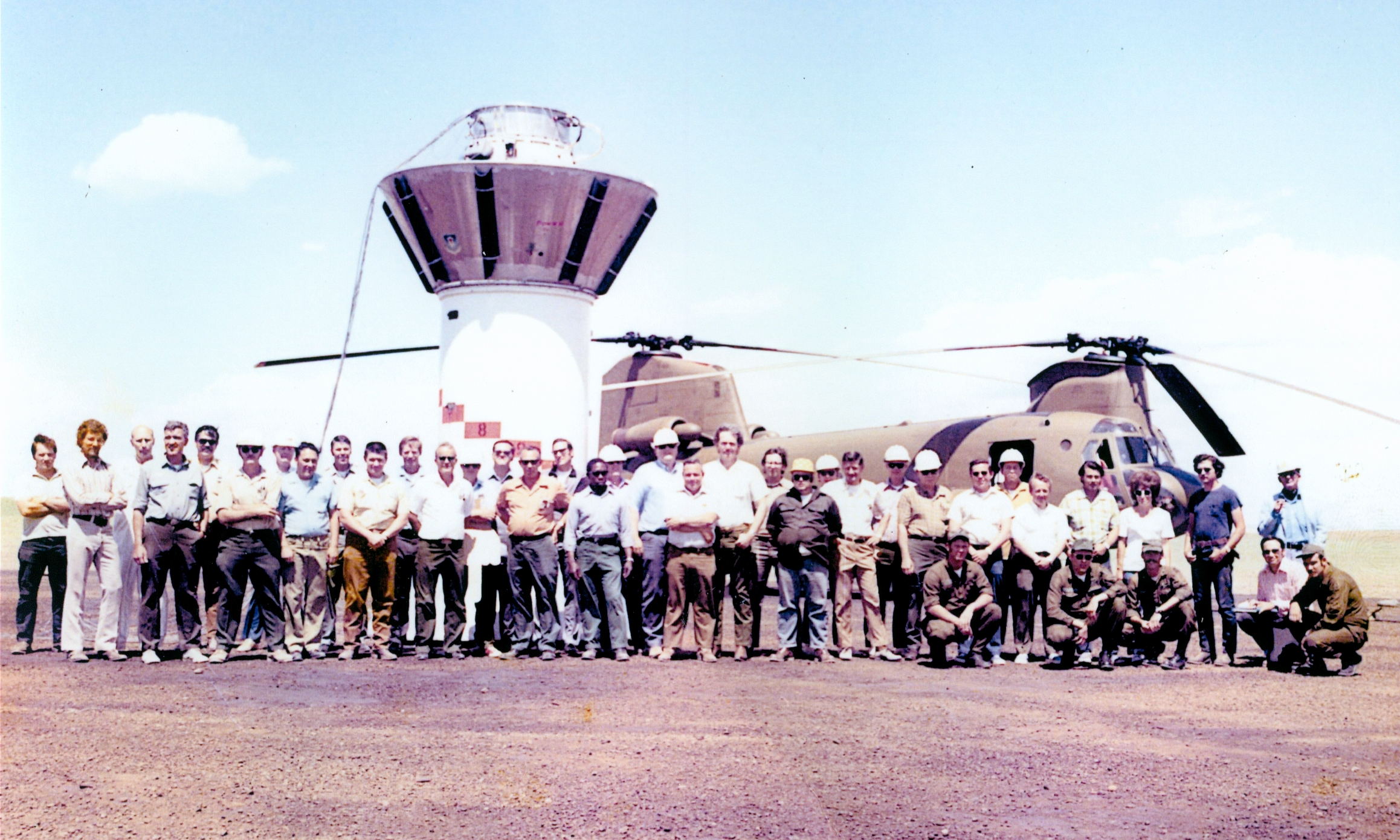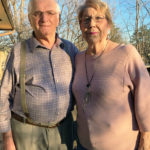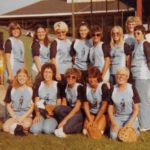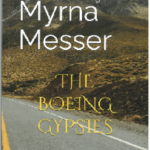DERBY — Myrna and Ray Messer knew they were doing something important for the nation’s Minuteman nuclear missile defense program in the 1960s and 70s. Otherwise, they might not have been willing to pack up and move 15 times as part of a group who called themselves the “Boeing gypsies.”
“Considering the amount of pressure that was put on us for scheduling and perfection, and technology and security, everybody was pretty well aware that they were a piece of the puzzle — and that they were necessary,” said Ray, who worked in construction management for Boeing.
The truth is, the Derby couple enjoyed much of their wandering lifestyle, even with the added challenge of raising four young sons.
“The people we traveled with became our family away from home,” Myrna said.
The Air Force launched the Minuteman program in 1958 when the Cold War was at its peak. Boeing was selected to build, test and deploy the missiles, which were armed with nuclear warheads capable of reaching the Soviet Union across the ocean. The missile was tested successfully in 1961, and the first one was installed the next year during the Cuban Missile Crisis, when President Kennedy referred to it as his “ace in the hole” during that confrontation with the Soviets. Eventually, the program grew to 1,000 missiles housed at six sites in five states — Montana, Missouri, North Dakota, South Dakota and Wyoming — that had been chosen for strategic reasons.
The Messers lived in all of them, usually more than once. Ray was hired by Boeing as a missile technician for the site near Minot, N.D., in 1964. The Messers had three boys by the time they were transferred to another site in Grand Forks, N.D. They lived in a trailer court set up by Boeing on the air base, which became a common occurrence because of the lack of available housing.
“Everybody preferred a house, but to throw 500 families into an area, that pretty much fills up the housing,” Ray said. “If we could find houses to rent, we did.”
The construction crews that Messer worked on generally consisted of about 200 men, but there were many other types of workers involved as well.
“It was a very, very complex coordination program that Boeing was running,” Messer said.
Because of its nature, it required tight security. The FBI talked to neighbors and questioned Messer about the changing of his last name (he was adopted as a teen) before he was given secret clearance. Messer was further “nuclear two-man certified,” meaning he could be in a nuclear missile silo with just one other person. For that, he remembered, “I even had to spend an hour with a psychiatrist. When I left I thought, ‘I’m more sane than that guy.’”
Ray’s next transfer was to Rapid City, S.D., followed by a return to Grand Forks (where the Messers found the same trailer waiting) and moves to Cheyenne, Wyo., Minot (again) and Grand Forks (again). From 1969-71, Ray took a break from the Minuteman program to work for Boeing in Fort Worth. Then it was back to the Minuteman program, Minot and Rapid City, where the Messers were lucky to be out of town during the catastrophic flood of 1972. Transfers to Cheyenne, Minot, Great Falls, Mont., Lewiston, Mont., and Sedalia, Mo., followed.
“One son, we moved four different times while I was pregnant,” Myrna said.
“Our kids, for all practical purposes, when they went into a school, they had friends already” among other Boeing families, Ray added.
The Messers had no problems making friends with others working on the Minuteman program as well as locals with no connection to it. Myrna, an athlete since her childhood, played on softball teams made up of Boeing wives, was active in her sons’ schools and served on the board of the Cheyenne YMCA. The Messers bowled, danced, held backyard barbecues and attended state fairs wherever they lived. “The hunting and fishing in all of the places was quite spectacular,” Ray noted.
The Messers say they enjoyed all the places they lived, with perhaps Wyoming being the most memorable because of the scenery and the Dakotas the least comfortable because of the winter weather. But as natives of North Dakota, they were used to that.
Many of the friends they made along the way had come from Boeing in Wichita, even though that plant was not involved in assembling Minuteman missiles. In 1980, ready to settle down in one spot, Ray was given the choice of finishing his career with Boeing in Seattle, Utah, California or Wichita.
“We had never heard of Derby but we heard about the Derby schools, so we said, ‘We’ll got to Derby,’” Ray said.
They weren’t alone: Ray and Sue Bitel, Norm and Mary Lou Wagner, Frank and Eva Arias, Allen and Judy Russell, Kirk Kefler and Travis Smith are other members of the Minuteman crews and their wives who settled here.
It was largely for those friends and other former co-workers and their families that Myrna recently wrote a book called “The Boeing Gypsies.” With extra time due to the pandemic, she contacted them to ask for memories and photographs of their times together. The book draws them together, focusing more on social and familial experiences than on the Minuteman work, important as that was to the nation. The book costs $20 and can be ordered online or by emailing myrnamesser@cox.net.
“The technical aspect of it is pretty well documented in various places,” Myrna said. “We wanted to remember our days moving around, what we did and how we did them — the human aspect. We talk about the Boeing kids moving around with us. Well, those kids are now 50 and 60 years old, and they’re the ones who are really enjoying reading it.”
Win ‘Boeing Gypsies’ book with memories
Boeing was Wichita’s biggest employer for decades. Send us your favorite memory of working there, and we’ll enter your name in a drawing for a signed copy of “The Boeing Gypsies” by Myrna Messer.
Please keep entries to 300 words or less.
To enter, mail your memory to The Active Age, 125 S. West St., Wichita, KS, 67213, or email joe@theactiveage. Please put “Boeing” in the subject line.
















